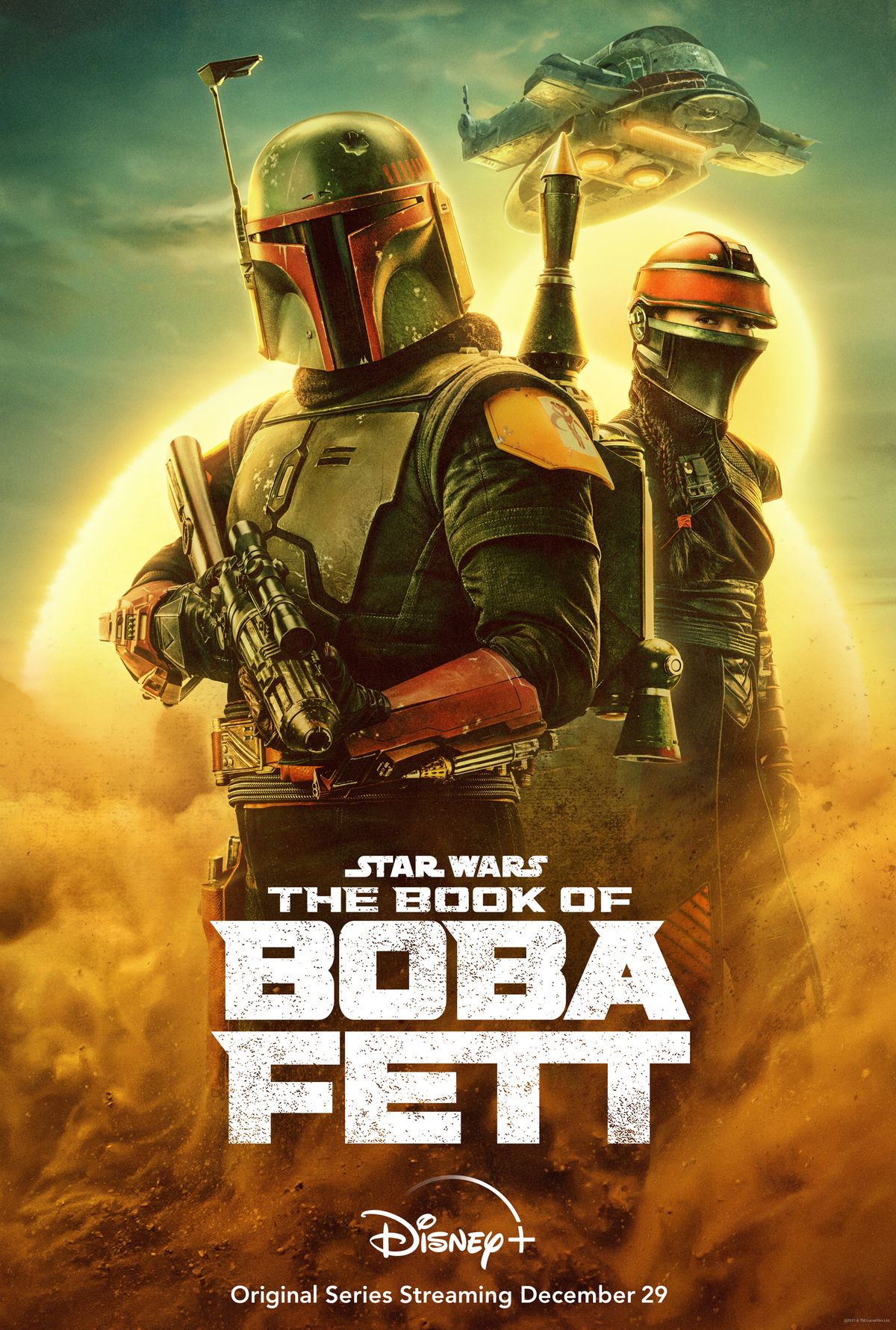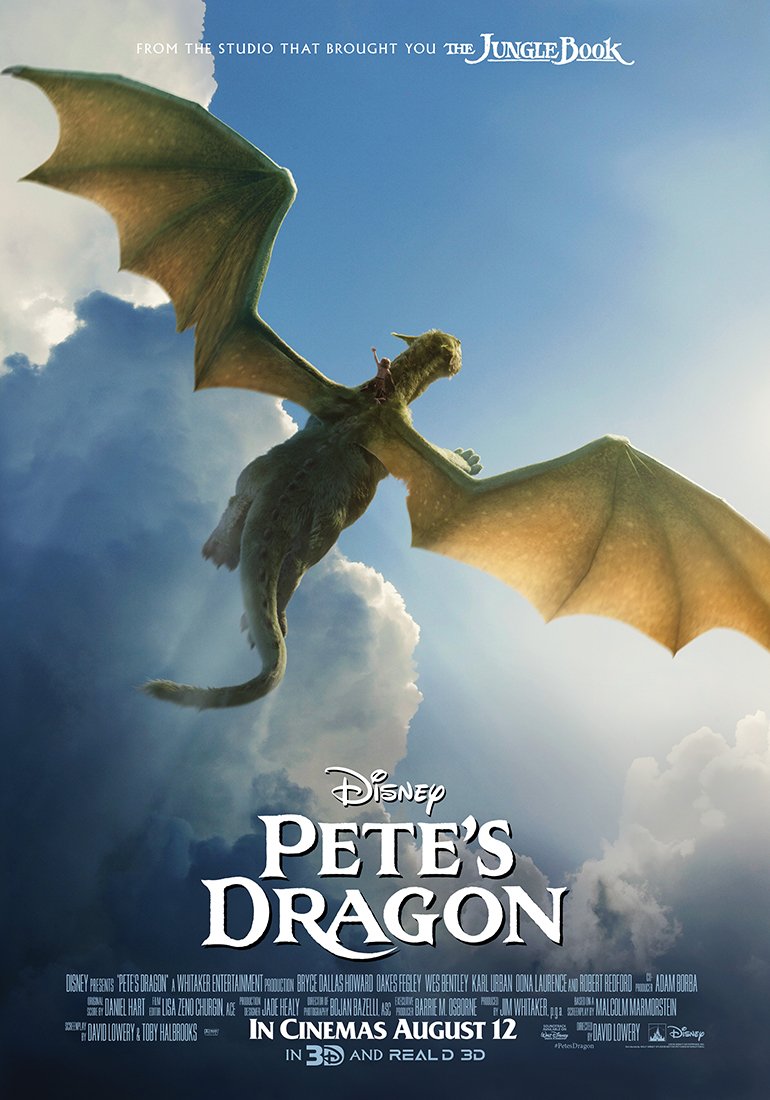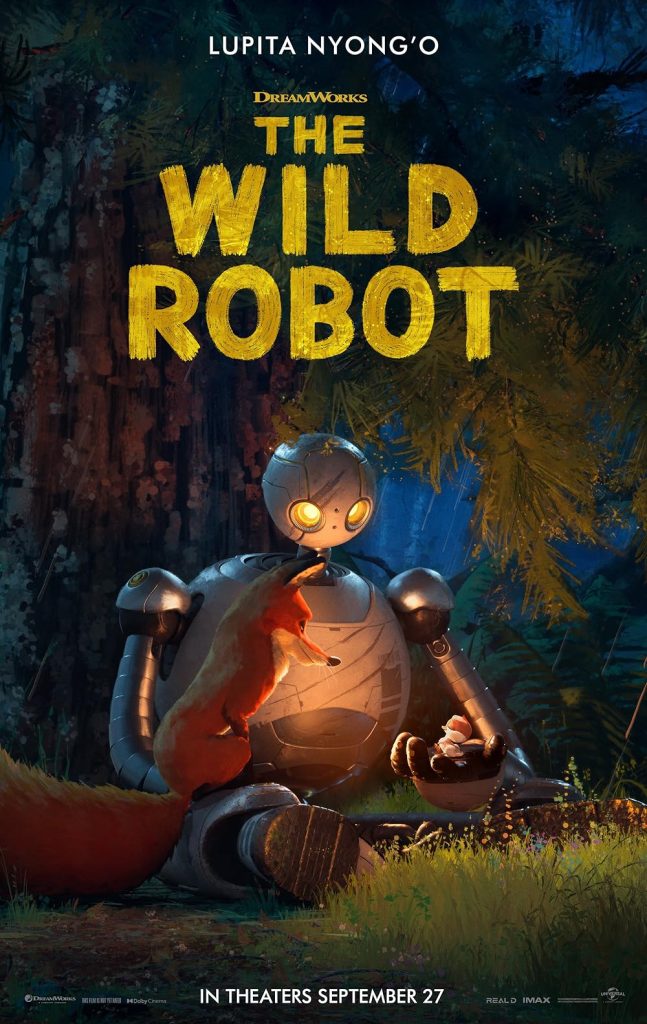"The Book of Boba Fett" is a highly anticipated television series set within the expansive Star Wars universe. As a spin-off from the acclaimed "The Mandalorian," the show delves into the enigmatic bounty hunter Boba Fett, exploring his origins, rise to power, and complex journey through the galaxy’s underworld. Combining rich storytelling with immersive visuals, the series offers fans a deeper understanding of one of Star Wars’ most iconic characters. This article provides a comprehensive overview of the series, examining its place within the broader lore, character development, narrative arcs, visual style, themes, reception, and its influence on the franchise’s future.
Overview of "The Book of Boba Fett" and Its Place in Star Wars Lore
"The Book of Boba Fett" is a Disney+ original series that debuted in December 2021, set after the events of "The Mandalorian" Season 2. It centers on Boba Fett, a legendary bounty hunter who survived the Sarlacc pit and reemerged as a formidable figure seeking to establish his dominance in Tatooine’s criminal underworld. The series expands the Star Wars saga by exploring the criminal hierarchies and the moral ambiguities faced by its characters. Positioned within the timeline of the post-Empire era, it enriches the lore by blending elements of bounty hunting, political power, and cultural identity. As part of the Disney Star Wars canon, the show maintains continuity with previous films and series, while offering fresh perspectives on familiar characters and settings.
The series also functions as a narrative bridge between "The Mandalorian" and other upcoming Star Wars projects. It emphasizes themes of legacy, leadership, and redemption, aligning with the franchise’s overarching themes of good versus evil. By focusing on Boba Fett, a character long shrouded in mystery and myth, the show revitalizes interest in the bounty hunter’s backstory, giving fans a more nuanced portrait of his character beyond the armor and stoic exterior. Its place within the lore underscores the franchise’s commitment to expanding its universe through interconnected stories that deepen character arcs and explore new facets of galactic history.
Furthermore, "The Book of Boba Fett" integrates elements from Star Wars Legends—previously known as the Expanded Universe—while adhering to the official canon established by Lucasfilm. This careful balance allows for creative storytelling that respects established lore while introducing innovative concepts. The series also emphasizes the cultural significance of Tatooine, serving as a backdrop for Boba Fett’s quest for power and identity. Overall, it stands as a pivotal addition to the Star Wars canon, offering both fans and newcomers a compelling exploration of one of the saga’s most intriguing figures.
Main Characters and Their Development in the Series
At the heart of "The Book of Boba Fett" is Boba Fett himself, portrayed by Temuera Morrison. His character undergoes significant development, transitioning from the silent, mysterious bounty hunter to a leader seeking to carve out a new empire. The series explores his resilience, tactical intelligence, and evolving sense of morality. Boba’s journey is marked by introspection and a desire for legitimacy, contrasting his reputation as a ruthless mercenary with moments of vulnerability and introspection. His interactions with other characters, such as Fennec Shand, deepen his persona as a complex, multidimensional figure.
Fennec Shand, played by Ming-Na Wen, remains a steadfast ally and confidante, aiding Boba in his quest for power. Her character’s loyalty and tactical prowess showcase her importance as both a partner and a mirror to Boba’s growing leadership qualities. The series also introduces new characters like Cobb Vanth, a marshal who previously appeared in "The Mandalorian," and the various inhabitants of Tatooine, each adding layers to the narrative tapestry. These characters experience their own arcs of loyalty, ambition, and moral ambiguity, enriching the story’s depth.
Additionally, the show revisits established characters such as Din Djarin ("The Mandalorian") and Luke Skywalker, connecting the series to the broader Star Wars universe. Their interactions and influences contribute to Boba Fett’s evolution, emphasizing themes of mentorship, legacy, and identity. The series also portrays Boba Fett’s internal conflict between his past as a bounty hunter and his aspirations for a new kind of leadership, highlighting his transformation from a lone mercenary to a potential ruler.
The character development in "The Book of Boba Fett" underscores the franchise’s shift towards more nuanced storytelling. It portrays its protagonists as morally complex individuals shaped by their experiences and choices. Boba Fett’s evolution reflects themes of redemption and the quest for purpose, making him a compelling central figure whose journey resonates with the broader Star Wars narrative of growth and change.
Plot Summary: Key Events and Story Arcs Explored
"The Book of Boba Fett" unfolds through a series of interconnected story arcs that explore Boba Fett’s quest for power and justice on Tatooine. The series begins with Boba’s survival from the Sarlacc pit and his subsequent efforts to establish dominance over Tatooine’s criminal underworld. Key events include his alliance with Fennec Shand and his confrontation with rival factions vying for control of the desert planet. These conflicts serve as a backdrop for themes of loyalty, honor, and leadership.
A major storyline revolves around Boba Fett’s attempt to reclaim control from the Pyke Syndicate, a dangerous crime organization involved in spice trafficking. This arc highlights his strategic prowess and willingness to confront formidable enemies. Alongside this, the series explores Boba’s past, revealing flashbacks that shed light on his survival techniques and the loss of his Mandalorian heritage. These elements deepen his character and provide context for his motivations.
The show also features subplots involving the Tatooine locals, including the Marshal Cobb Vanth and the Tatooine’s various factions. These storylines emphasize the importance of community and alliances. The arrival of Din Djarin and the Mandalorians introduces further complexity, culminating in a climactic confrontation that tests Boba’s leadership and resolve. Throughout the series, themes of legacy, redemption, and the struggle for legitimacy are woven into the narrative fabric.
Overall, the plot is characterized by a blend of action, political intrigue, and character-driven drama. It explores Boba Fett’s transformation from a lone bounty hunter to a ruler with a vision for Tatooine’s future. The series balances nostalgic callbacks with new storytelling directions, making it a multifaceted addition to the Star Wars saga.
Visual Style and Cinematic Techniques Used in the Show
"The Book of Boba Fett" employs a visual style that combines the gritty, lived-in aesthetic characteristic of the Star Wars universe with modern cinematic techniques. The series utilizes expansive wide shots to capture the vastness of Tatooine’s deserts, emphasizing the harsh environment and the isolation of its characters. Close-up shots are used effectively to convey emotional intensity during character moments, highlighting the internal conflicts and motivations that drive the narrative.
Cinematic techniques such as dynamic camera angles and smooth tracking shots enhance the action sequences, creating a visceral experience for viewers. The series also makes extensive use of practical effects combined with CGI to bring alien landscapes, creatures, and technology to life. This blend of practical and digital effects contributes to the immersive quality of the show, maintaining the authenticity that fans expect from the franchise.
Lighting plays a crucial role in establishing mood and tone, with stark contrasts and shadows used to evoke tension and mystery. The desert environment is often portrayed with warm, golden hues during the day, contrasting with cooler tones during night scenes or moments of introspection. The visual style reinforces the themes of survival, power, and the harsh realities of life on Tatooine.
The series also employs innovative cinematography in its flashback sequences, using color grading and framing to distinguish past from present. Sound design complements the visuals with a rich auditory palette, from the hum of starships to the subtle atmospheric sounds that evoke Tatooine’s desert ambiance. Overall, the visual and cinematic techniques work together to create a compelling, atmospheric experience that enhances storytelling and character development.
Themes and Motifs Present Throughout "The Book of Boba Fett"
"The Book of Boba Fett" explores a variety of themes that resonate deeply within the broader Star Wars narrative. Central among these is the theme of legacy—how characters define themselves through their past and their aspirations for the future. Boba Fett’s quest for power and respect is driven by a desire to forge a new legacy, challenging notions of honor, loyalty, and morality.
Power and authority are recurring motifs, examined through Boba Fett’s efforts to establish control over Tatooine’s criminal underworld. The series questions what it means to be a leader, emphasizing that true authority requires both strength and moral responsibility. The tension between violence and diplomacy is also explored, illustrating the complex choices faced by characters seeking to maintain order in a lawless environment.
Themes of identity and redemption are woven into Boba Fett’s character arc, highlighting his internal struggle to reconcile his past as a feared bounty hunter with his desire for legitimacy and respectability. The motif of survival is prominent as well, with characters enduring harsh conditions and dangerous enemies. The desert setting itself symbolizes resilience and the harsh realities of life in the galaxy’s outskirts.
Motifs such as loyalty, honor, and community underscore the importance of alliances and trust. The series also subtly examines the influence of culture and tradition, especially through Mandalorian lore and Tatooine’s local customs. Overall, these themes and motifs deepen the narrative, making it a reflective and thought-provoking addition to the Star Wars universe.
Critical Reception and Audience Responses to the Series
Upon its release, "The Book of Boba Fett" garnered a mixed yet generally positive response from critics and audiences alike. Many praised its visual style, action sequences, and the depth added to Boba Fett’s character, appreciating how the series expanded the lore and provided new insights into the iconic bounty hunter. The performances, particularly Temuera Morrison’s portrayal of Boba Fett and Ming-Na Wen’s Fennec Shand



